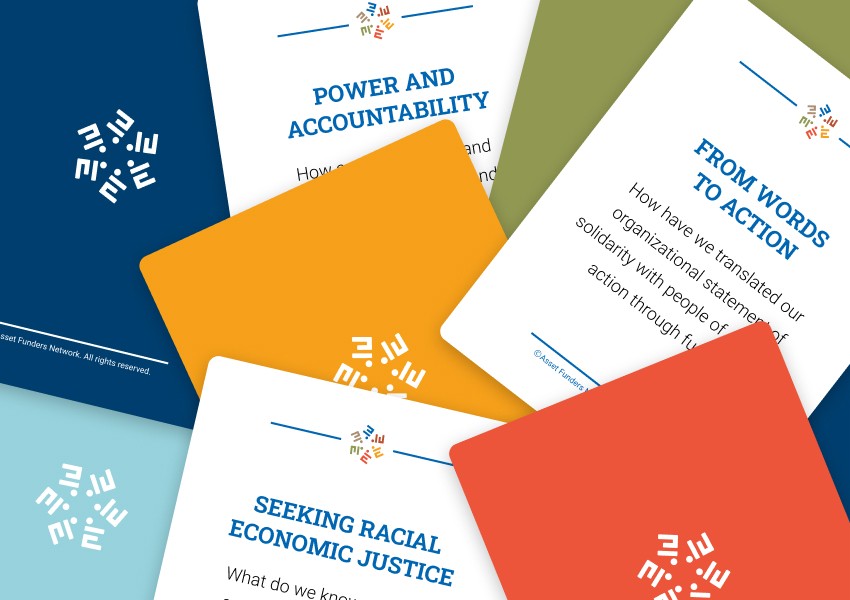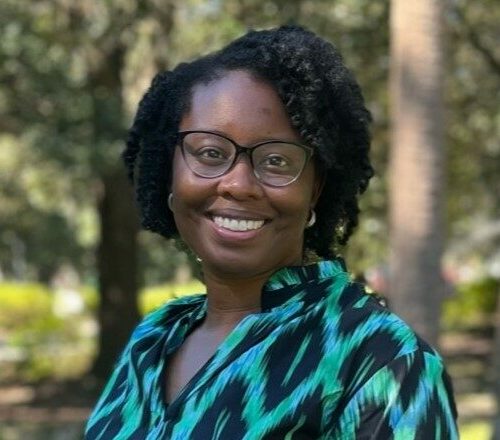Essential Questions for Addressing Racial Bias
Grantmakers of all types and sizes have committed to addressing racism as a root cause of inequality in the U.S. Some have been engaged in this work for a long time, eager for more partners to join their efforts. Others are just beginning, aware of the problems yet uncertain about the solutions.
This primer helps asset funders expand their commitments to racial and economic justice and offers a shared framework for action.
It creates a baseline understanding of the link between racial and economic justice and examines how standard philanthropic practices often perpetuate bias within our sector while disadvantaging initiatives led by people of color. This primer is designed for practical use, offering funding organizations a shared language and a set of reflective questions to guide their approaches, actions, and progress.
There is no perfect way to begin a journey toward realizing racial and economic justice in grantmaking.
Introduction
This primer helps asset funders expand their commitments to racial and economic justice and offers a shared framework for action.
Executive Summary
How Racism Contributes to Economic Injustice.
Making the Case
Unquestioned philanthropic beliefs and practices unintentionally perpetuate bias and racist policy within our sector, which disadvantages work led by people of color.
What is Racial Bias in Philanthropy?
The racial wealth gap and the racial funding gap are inextricably connected.
Addressing the Racial Funding Gap
Shared language is intended to support level setting across your team, organization, or working groups.
Shared Language
Let our Realizing Economic Justice Reflection Cards Inspire Your Organizational Journey
Simple reflection questions and thought-provoking ideas to support your economic justice journey.

Racial justice requires economic justice; economic justice requires racial justice, and a catalyst to realizing both is asset building-focused philanthropy.
Use the links above to view each section or download the primer in its entirety.
Support for this publication was provided by:


